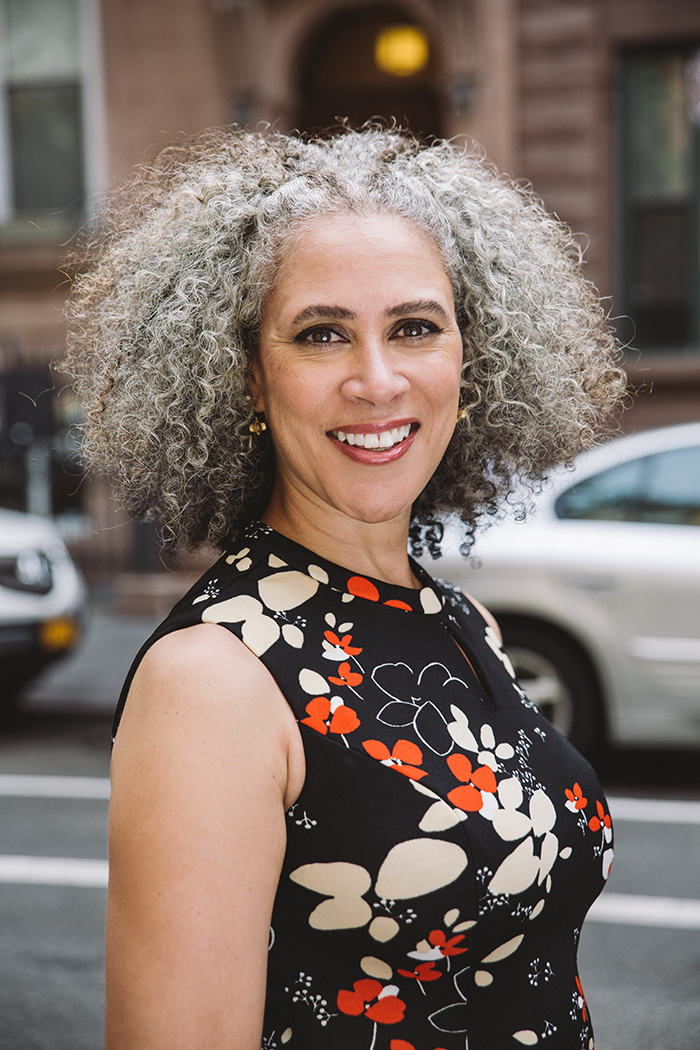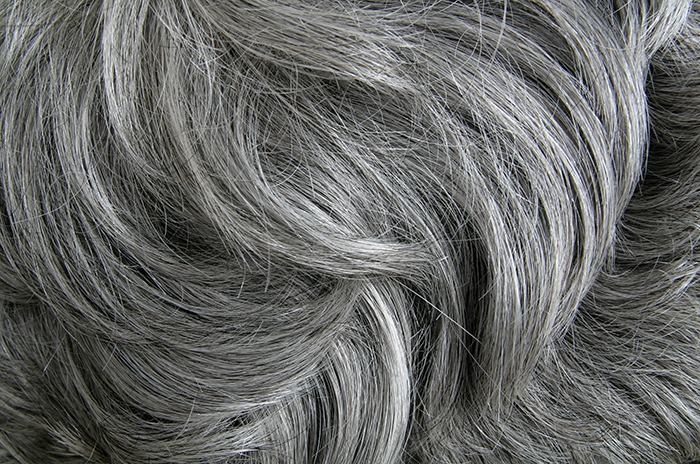
Menopause, and the years following it, can impact hair health in numerous ways. Many women find their hair to be finer and thinner as a result of menopause-related hormonal fluctuations (estrogen levels drop, while androgen levels increase”>. Hair is kept in the growing phase by estrogen. Androgens are male hormones, and when they increase, they can cause thinning in women that is akin to the beginning stages of male-pattern baldness.
Additionally, hair volume decreases, and the frontal hairline recedes slightly. Individual hairs have less volume, and they generally don’t grow to the length they once did. Also, if your majestic silver strands are coming in, you may find they are more porous than other hairs and tend to break easily. If you have experienced hair changes due to menopause, and you want to grow longer, stronger tresses, follow these steps.

- Schedule a checkup. Not all hair changes in our forties, fifties and beyond are due to hormonal shifts. Sometimes other conditions like adrenal imbalances, hypothyroidism, or vitamin deficiencies are to blame.
- Examine your diet. At any age, a healthy diet has a direct impact on the health of your hair. Eat quality protein, and foods rich in omega 3s, vitamins C, A, and E, iron, zinc, selenium, and biotin. Use a cronometer to ensure you are getting what you need.
- Increase the circulation to your scalp. From aerobics to yoga, to alternative treatments like acupuncture, massage and laser therapy, there are many ways to get the blood flowing to your scalp, and thus nourish your precious roots. Just be sure to follow whatever protocol you choose several times a week.
- Consider your cut. We’re often led to believe that crown volume is what makes hair look its best. To achieve this on thinner hair, most stylists resort to highly layered cuts, stacked bobs, or pixies. While these cuts look great initially, growing them out can be difficult, as ends can look straggly and even see-through. A better cut for thinner hair is predominately one length with a few well-placed layers. While we’ve all been taught to fear the triangle (i.e., all the volume is at the bottom of the hair shaft”>, curly hair that is properly cared for can look great at any length.
- Perfect your curly hair routine. Many of the things that curlies are already doing can help with hair health, including using sulfate-, silicone-, and paraben-free products, keeping hair well-hydrated, avoiding heat and harsh styling methods, and protecting hair from damage while sleeping by using a satin bonnet or pillowcase. There are a few additions to this to help aging hair thrive. They include: rinsing with rice water, adding regular protein treatments, and exfoliating your scalp.
- Ditch the dye. Both peroxide-based dye and bleach can wreak havoc on your curl pattern and cause damaged ends to break. Menopause is the perfect time to embrace your natural hair color. If you want to change it up from time to time, use hair extensions, wigs, and temporary hair color.
- Get trims as needed, not every four to six weeks. Healthy, well-maintained hair does not generally need trimming on a predetermined schedule. Instead, trim your hair when the ends start to become dry or fuzzy. When you do, ask the stylist to dust the ends. This will ensure that you won’t lose excess length.
Have you grown out your hair after menopause? Share your tips for others in the comments. Check out this article to learn about other rinses for healthy hair.
